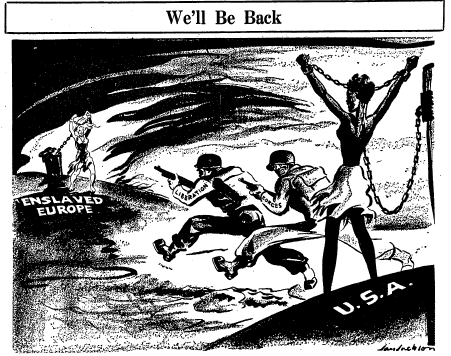
Mepkin Abbey is a community of Roman Catholic monks established in 1949. Being at the monastery was an immersive and refreshing experience. I learned about and practiced contemplative prayer, which simply put is a religious form of meditation. I was on this trip with nine others, and we had great reflective conversations about monastic life, our feelings about being there at the monastery, and we also discussed books such as the one we were given for the pilgrimage titled Just This by Richard Rohr. The book gave some insight about contemplation and just seeing beyond ourselves for a few days.
The first day at the monastery I did not know exactly what to expect. I imagined I would be sitting somewhere on a hill meditating...which is not something I'd really see myself doing, but it was a nice visual. Upon arriving I felt I was on sacred ground, even the room I slept in felt like I was in a holy place. There was beautiful nature surrounding the whole place; tons of trees covered in Spanish moss, gardens of flowers, a large lake, and more. We each got our own individual room, there was no T.V or internet access so we may focus more on meditation and quietness.
We went to prayer services and a daily mass service. The services were not what I was used to and I was really just going with the flow at first. In a typical monastic service you are greeted with the smell of incense, you recite chants and hymnals, and it is overall very traditional. I felt that there were too many services a day for my taste. However, by the last day I was more appreciative of these services and found them to be something I sort of looked forward to attending. I truly am grateful to discover the traditions of the monks, even when I had to wake up at 4 in the morning. Also I love to be with nature and there was a nice setting that reminded me of being at a park.
If you are interested in learning more about Mepkin Abbey Trappist Monastery you can visit their website here!
